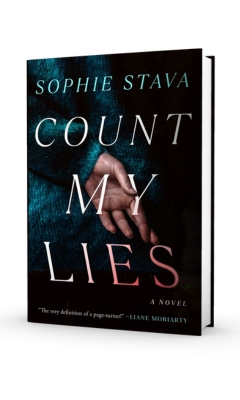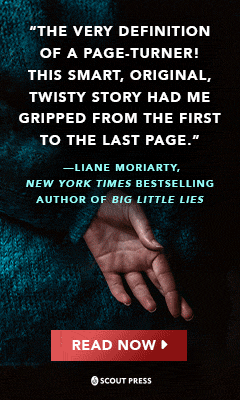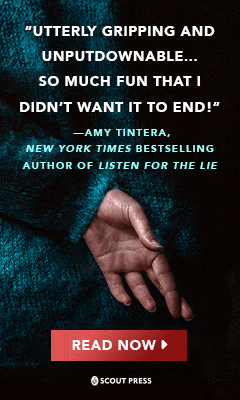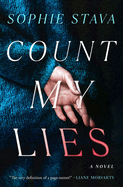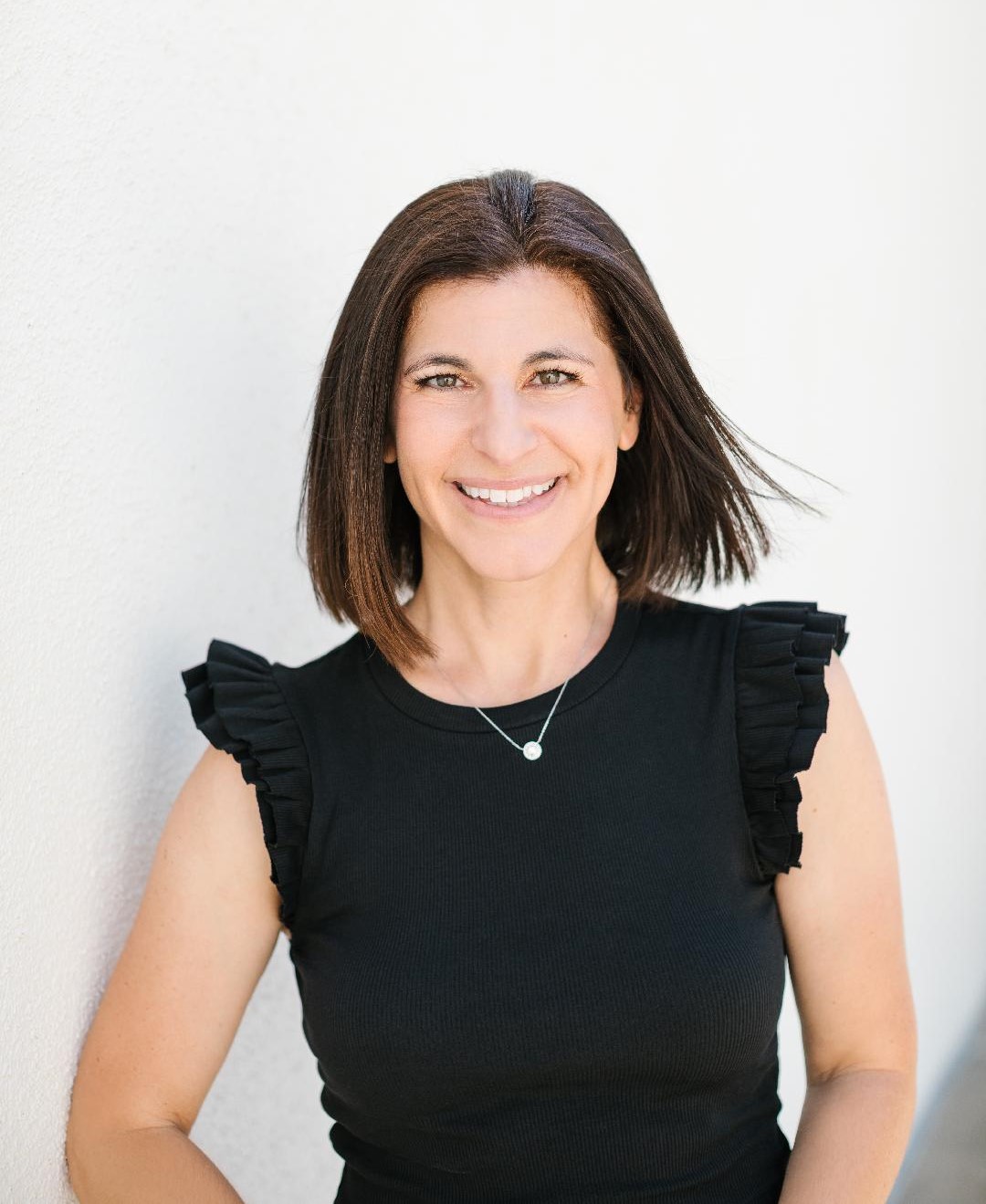Count My Lies
by Sophie Stava
"It's just that the truth is so uninteresting," laments a character in Sophie Stava's stylish thriller, Count My Lies. Truthfulness can also be limiting and, for the two women at the center of the story, it's really not necessary. At its deviously entertaining core an exploration of female friendship and the masks people wear in front of others to feel better about themselves, Stava's suspenseful debut strikes all the enticing notes of a captivating psychological drama.
Count My Lies is set in an upscale Brooklyn neighborhood populated with beautiful people, fancy private schools, and covetable brownstones. Sloane Caraway knows she is an outlier in this part of town. She and her disabled mother live in a tiny rent-controlled apartment, the reality of their quiet, isolated existence wholly unsatisfying to the 30-something narrator. Reality, in fact, has never suited Sloane. In the real world she was a misfit growing up and lied about herself to attract friends, pretending in one instance to have a famous father in Hollywood. In the present day, she must suffer the humiliation of losing a teaching position she loved and the community that came with it. To make ends meet, Sloane works as a spa nail technician servicing the pampered matrons of Brooklyn. It's bad enough that this is her reality, but does she have to bore others with it? In other words, why limit herself to the truth?
The narrator, it must be said, is a pathological liar. She is supremely skilled at constructing fake identities, replete with fabricated details about her life. The novel opens in springtime, the air humming with possibilities for new beginnings. While spending her lunch break reading in the local park, Sloane has the good fortune to cross paths with handsome Jay Lockhart and his adorable young daughter, Harper. Her boundless capacity for inventing falsehoods surprises even Sloane herself, and before she knows it she has seamlessly insinuated herself into the Lockhart family and a friendship with Jay's wife, Violet.
Sloane means no harm, she is simply lonely and looking for connection. To her surprise and delight, it appears that Violet is, too. It is a testament to Stava's artful storytelling that her audience can empathize with Sloane in unexpected ways. There's something achingly brave about Sloane's longing to be liked. She is a good daughter and provider, her sincerity never in question. Seeing the world through her eyes, readers experience the rush she feels after crafting the perfect lie and the way Violet and Jay, from the very beginning, treat her as an equal.
Violet is a California lawyer studying for the New York bar exams. She is also gorgeous, her glossy brunette curls and sophisticated grace a stark contrast to her new friend's oversized flannel shirts and careless appearance. Sloane used to make an effort when she taught at the exclusive Mockingbird Montessori and spent weekends nannying for a few families, but there simply wasn't any point after she left. Until now.
Sloane is ecstatic to receive an invitation to dine at the Lockhart's picture-perfect brownstone, described in splendid detail. She and her mom usually spend evenings in front of the television eating whatever Sloane cooks up after her tedious shifts at the Rose & Honey day spa. On this auspicious night, though, she shares a cozy meal with Violet and her family. The women strike up a genuine rapport thanks to their quirky humor and similar musical tastes. Before long, Sloane is a regular visitor to the Lockhart home, a nanny to Harper and a confidante to Harper's mom. She is deeply attracted to Jay, flattered by his attention, but her loyalties remain with Violet. Sloane begins to copy Violet's style, her imitation made easier by the gifts her friend showers on her.
The whiff of gardenias lingering around Violet gives the impression of a woman floating through a charmed life, but in actual fact she is a lot like Sloane. She too struggled as a child, albeit for different reasons, and she is secretly determined to control her own narrative, even if it means living in a "house of lies." On the surface, she and Jay enjoy all the accouterments of a successful marriage. But why isn't Jay wearing his wedding ring? And why does Violet prefer Sloane's company to her husband's?
Stava's ingenious plot takes an unexpected turn just as the summer heat intensifies and the action shifts from Brooklyn to a family vacation on Block Island. Here, in a brilliant literary stroke halfway through the novel, Stava turns her story inside out. Whatever conclusions readers may have reached thus far, when it comes to falsehoods, Sloane is a mere amateur.
At their beach house, Violet makes a fateful decision that irrevocably alters her life and transforms her relationship with Sloane. The novel accelerates into climactic high gear when the full impact of her actions reverberates across the island, stretching reality to breaking point.
Count My Lies features a finely crafted, engaging plot laden with thrilling detours, idyllic settings and deeply flawed yet attractive personalities for whom telling the truth is strictly optional. --Shahina Piyarali



